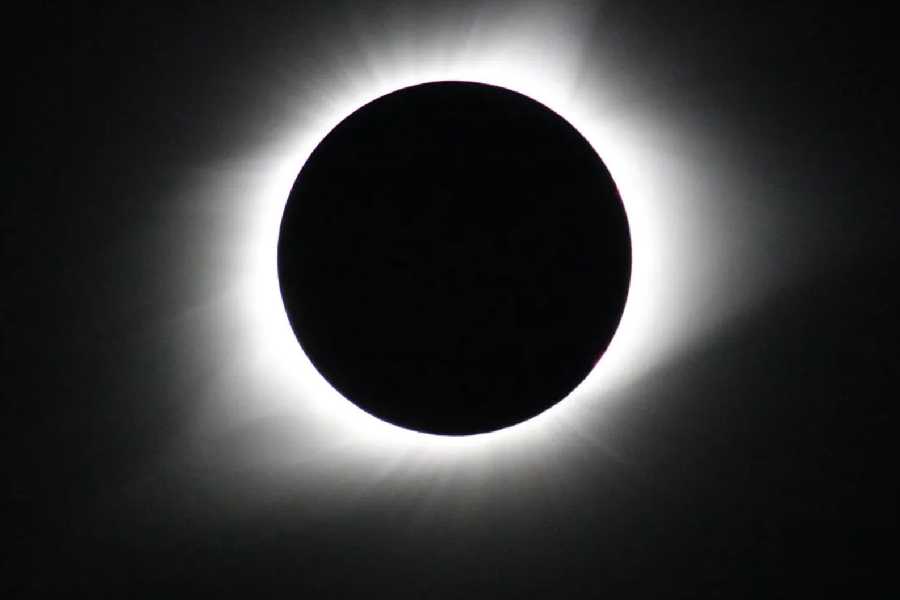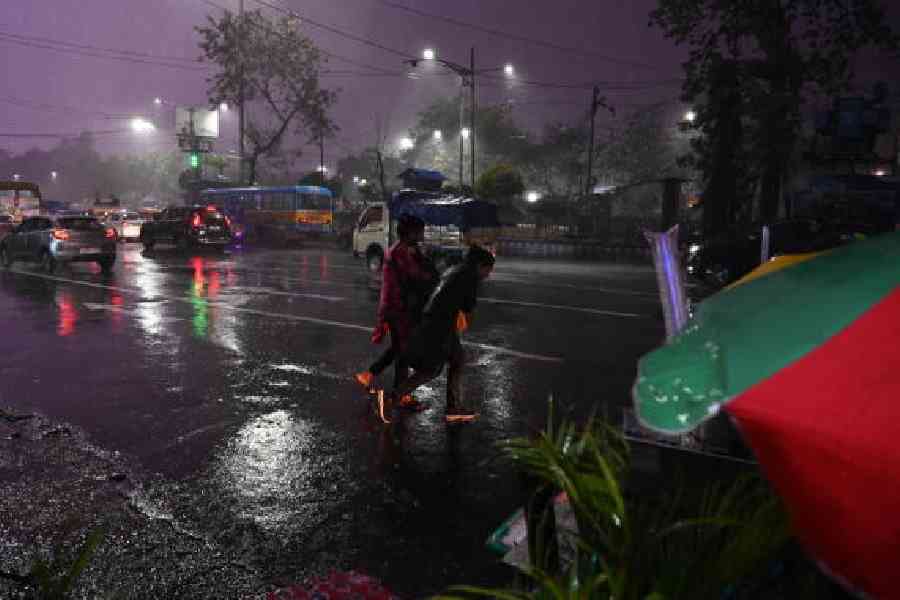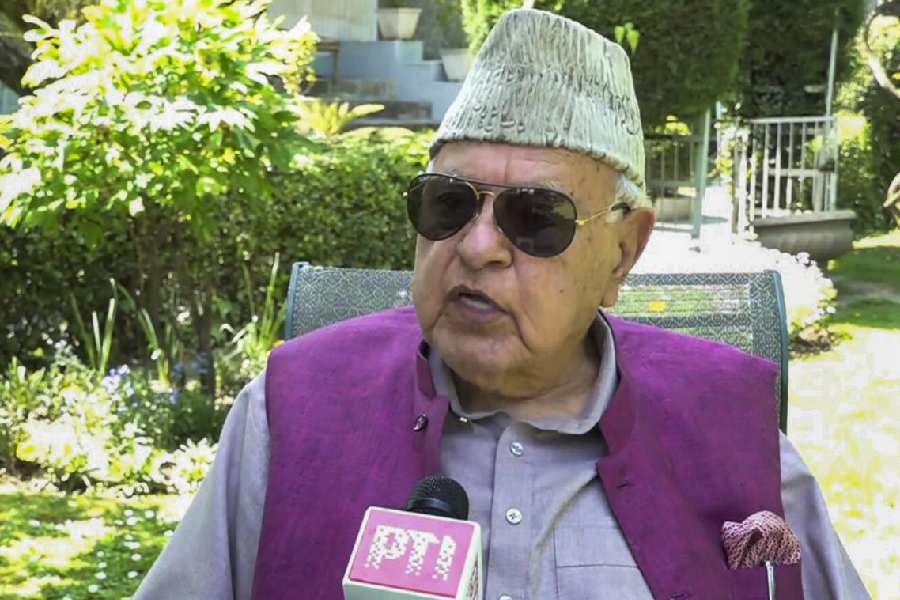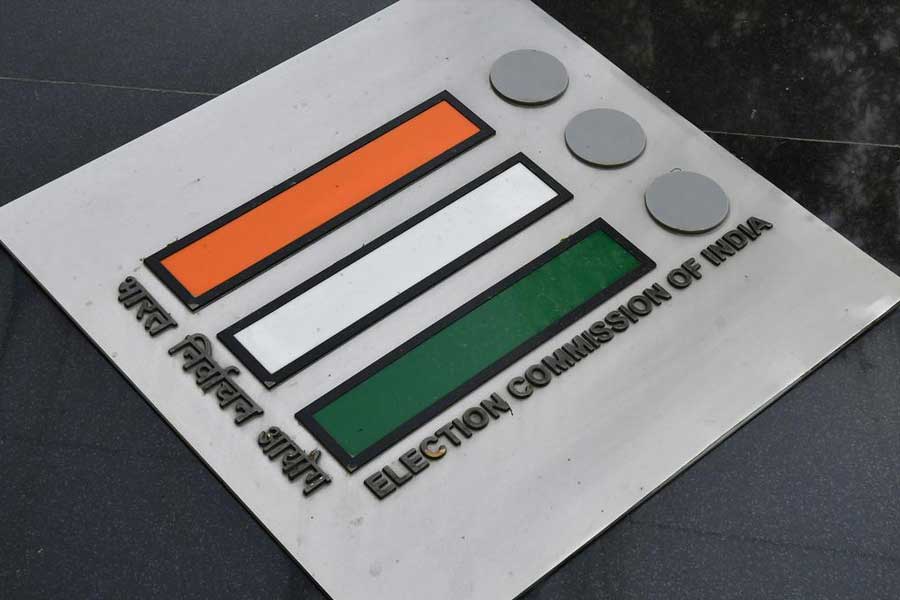Indians will certainly miss out on a breathtaking celestial event during midday on April 8, 2024, as a total solar eclipse sweeps across parts of North America, plunging the sky into sudden darkness for a few minutes.
However, stargazers need not be disheartened, as even though India won't witness the total solar eclipse, it will still be partially visible from different parts of the country.
And even if you do not reside in those parts, the marvels of modern technology offer a gateway to the celestial event as NASA will broadcast the unfolding spectacle live, directly to screens worldwide.
The last time US experienced a total solar eclipse in 2017. According to experts, this eclipse will surpass its predecessors in terms of both totality and grandeur.
The path of its totality will span across Mexico, the United States, and Canada, but unfortunately, the Indian subcontinent will not be within the eclipse's reach.
However, that doesn't mean that skywatchers in India will be left out of the cosmic spectacle entirely. Even though the total eclipse will not be visible, a partial solar eclipse will be observed in certain parts of the country. Residents of northern India, particularly those in the states of Jammu and Kashmir, Ladakh, Himachal Pradesh, Uttarakhand, and parts of Punjab, will have the opportunity to witness the moon partially obscuring the sun's disk.
As per reports, the partial eclipse is expected to begin around 5:29 PM IST and reach its maximum coverage at around 6:41 PM IST. The duration of the partial eclipse will vary depending on the location, but it is estimated that the sun will be partially covered for approximately one hour and 12 minutes.
To ensure that eclipse enthusiasts across the globe can witness this captivating event, NASA has decided to live-stream the total solar eclipse for the world to see. This initiative will allow stargazers, regardless of their location, to immerse themselves in the celestial spectacle.
Moreover, the Indian Space Research Organisation (ISRO) is also gearing up to track the sun during the total solar eclipse through its Aditya L1 mission. Aditya L1, India's first dedicated solar mission, will provide valuable data and insights into the sun's behavior during this rare astronomical event.
2017 vs 2024: What is different?
The path of totality – the narrow band where the moon fully blocks the sun's light, revealing the stunning corona of the sun – will be significantly wider this time around. In 2017, the path ranged from 62 to 71 miles, but in 2024, it will stretch between a grand 108 and 122 miles. This means that a larger swath of the population, an estimated 31.6 million people, will have the chance to witness the celestial ballet in its full glory.
Moreover, the duration of totality will be truly captivating. While the 2017 eclipse offered a mere 2 minutes and 42 seconds of the moon's complete coverage, the 2024 event will deliver a more indulgent experience, with totality lasting up to 4 minutes and 28 seconds in certain regions.
But the true excitement lies in the heightened solar activity that is expected to grace the 2024 eclipse. Unlike the relatively quiet sun of 2017, our nearest star will be transitioning towards its solar maximum, a period of increased turbulence and eruptions. This means that observers may be treated to the rare spectacle of a coronal mass ejection – a colossal outburst of solar material – unfolding against the backdrop of the eclipse.
The path of the 2024 total solar eclipse will sweep across Mexico, the United States, and Canada, offering a once-in-a-lifetime opportunity for millions of people to witness this captivating celestial event. From the Pacific coast of Mexico to the eastern reaches of Canada, the eclipse will be visible to a large portion of the population, with 99% of people in the contiguous United States able to see at least a partial eclipse.
What happens during a total solar eclipse
During the total solar eclipse, the Moon will move between the Sun and Earth, completely obscuring the Sun's face. Observers within the path of totality, where the Moon's shadow fully covers the Sun, witness this phenomenon. As the Moon blocks the Sun, the sky darkens, resembling dawn or dusk. If weather conditions permit, those within the path of totality will have the opportunity to observe the Sun's corona, its outer atmosphere typically concealed by the Sun's brightness.










